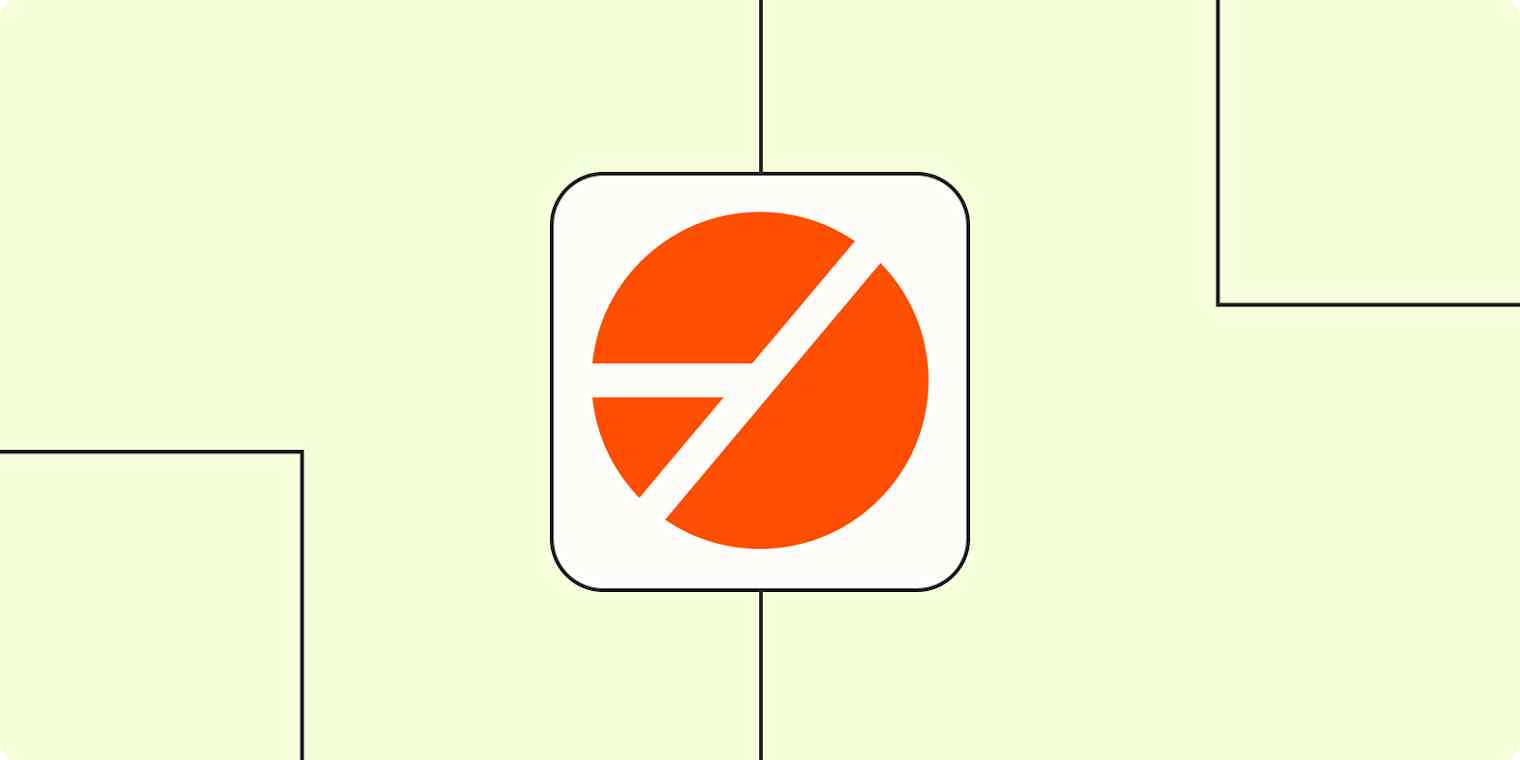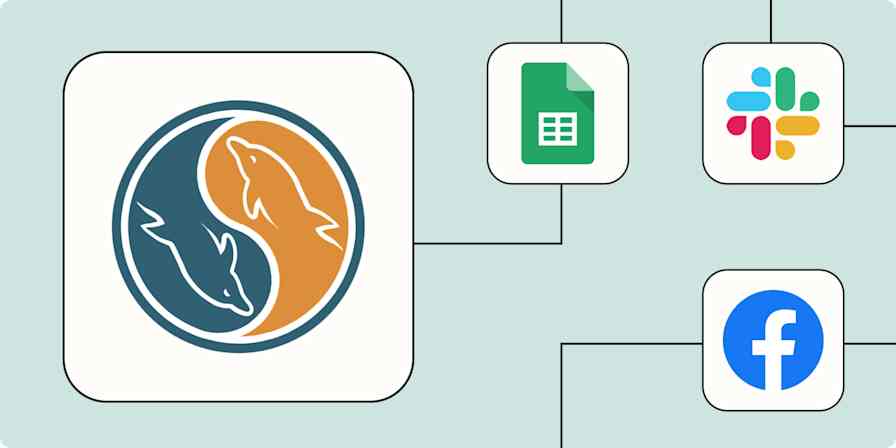Automation inspiration
4 min readGuide to data analytics automation
Spend less time on data entry and more time developing insights to grow your business
By Nick Moore · November 27, 2024

Get productivity tips delivered straight to your inbox
We’ll email you 1-3 times per week—and never share your information.
Related articles
Improve your productivity automatically. Use Zapier to get your apps working together.






